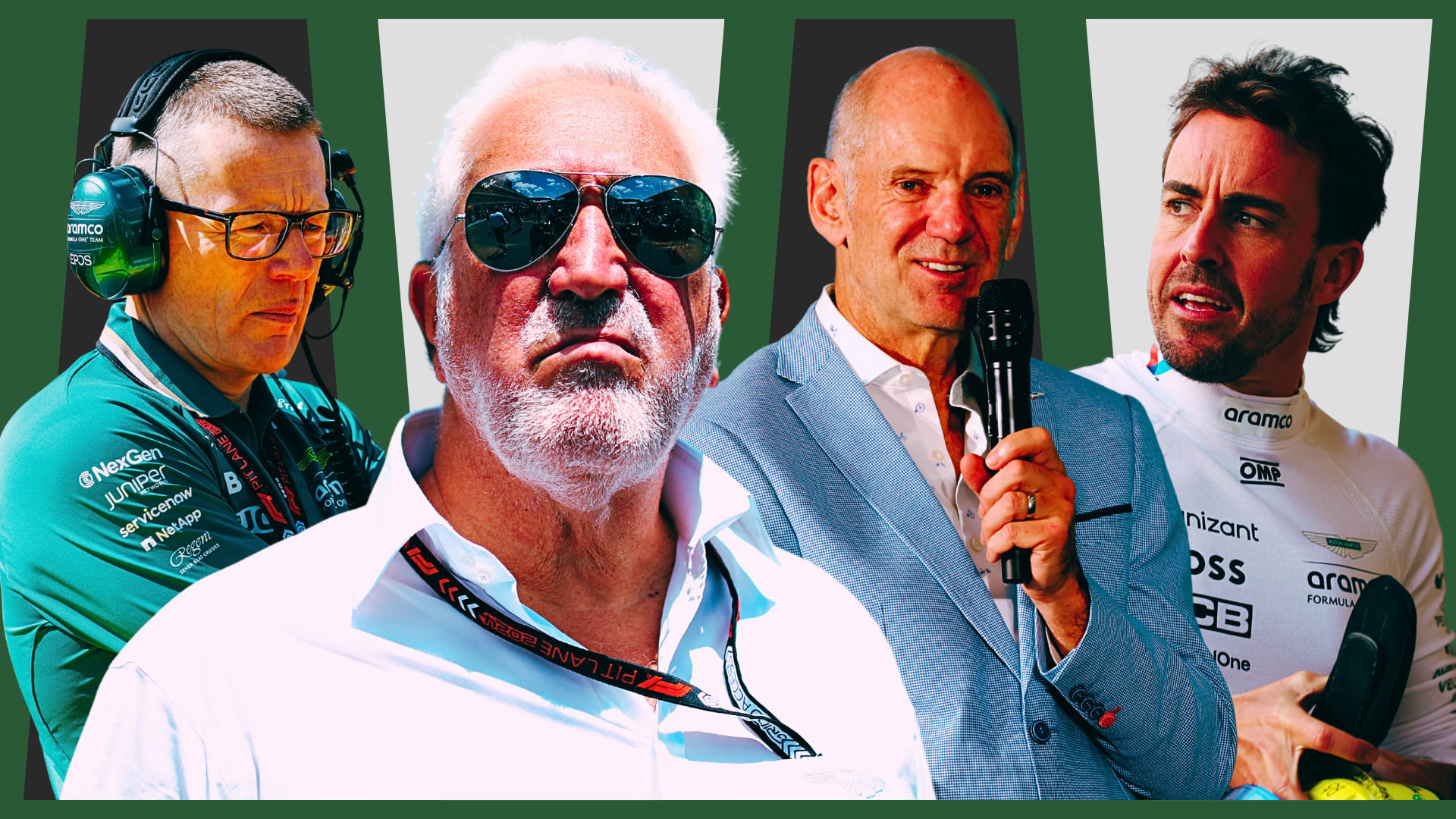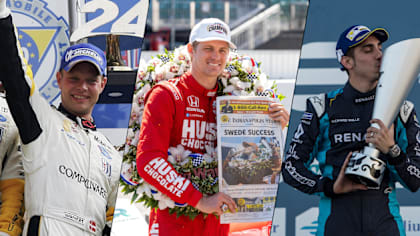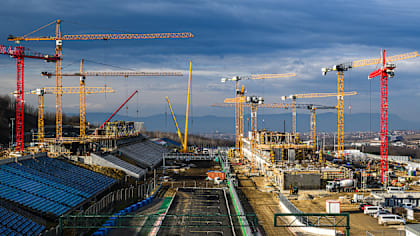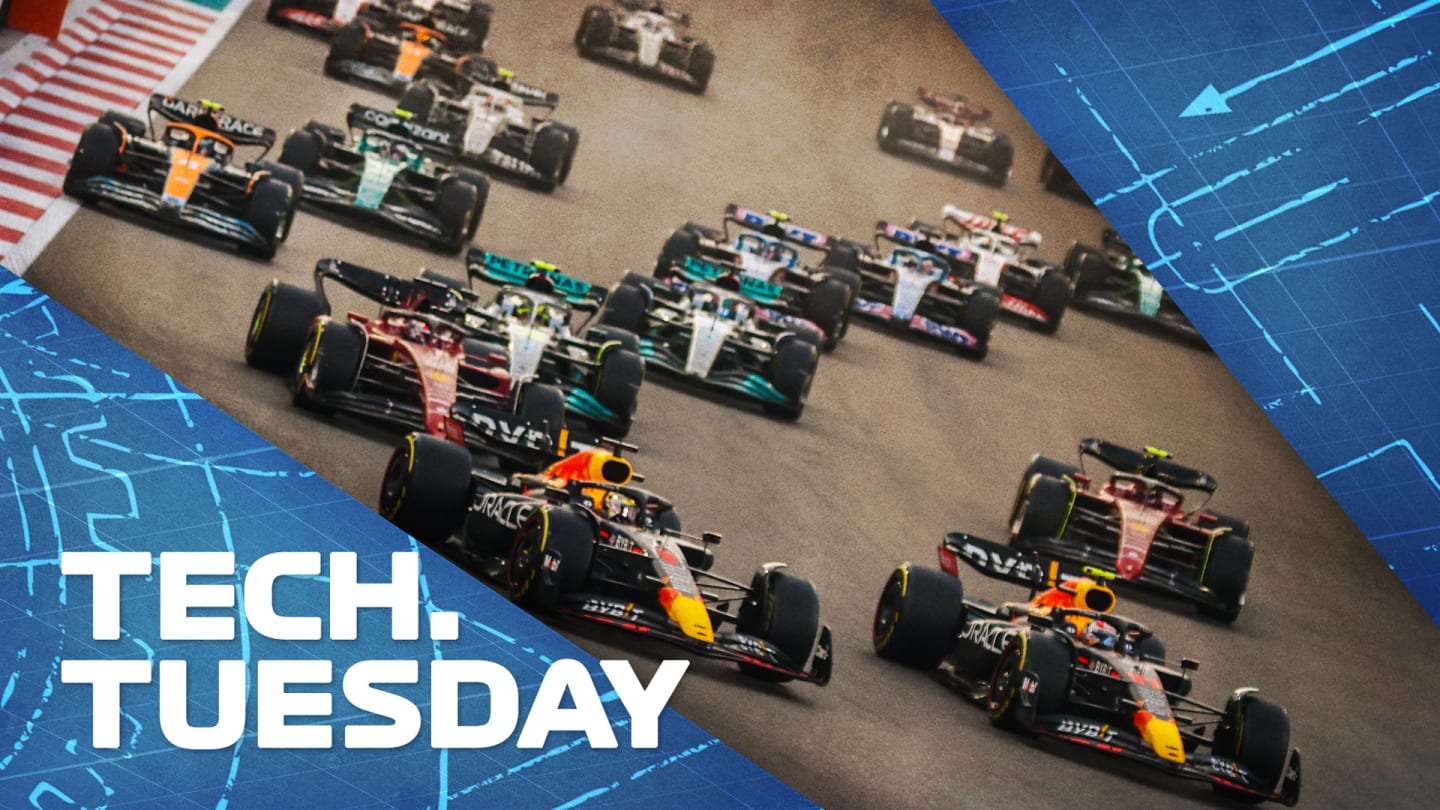
Technical
TECH TUESDAY: The most improved, most innovative, best-developed, and most dominant F1 cars of 2022

Share

After Red Bull and Max Verstappen's record-breaking charge to the 2022 titles, Mark Hughes looks at the most innovative, most improved, most developed and most dominant F1 cars of the 2022 season – with technical illustrations from Giorgio Piola.
Most Innovative: Ferrari F1-75
Two of the biggest innovations of the season were to be found on the same car, the Ferrari F1-75. Its aerodynamics, with bluff out-washing sidepods and their unique upper surface channel, gave a great combination of floor and rear wing performance.
READ MORE: The subtle Suzuka floor tweaks that signal Ferrari's evolving design direction
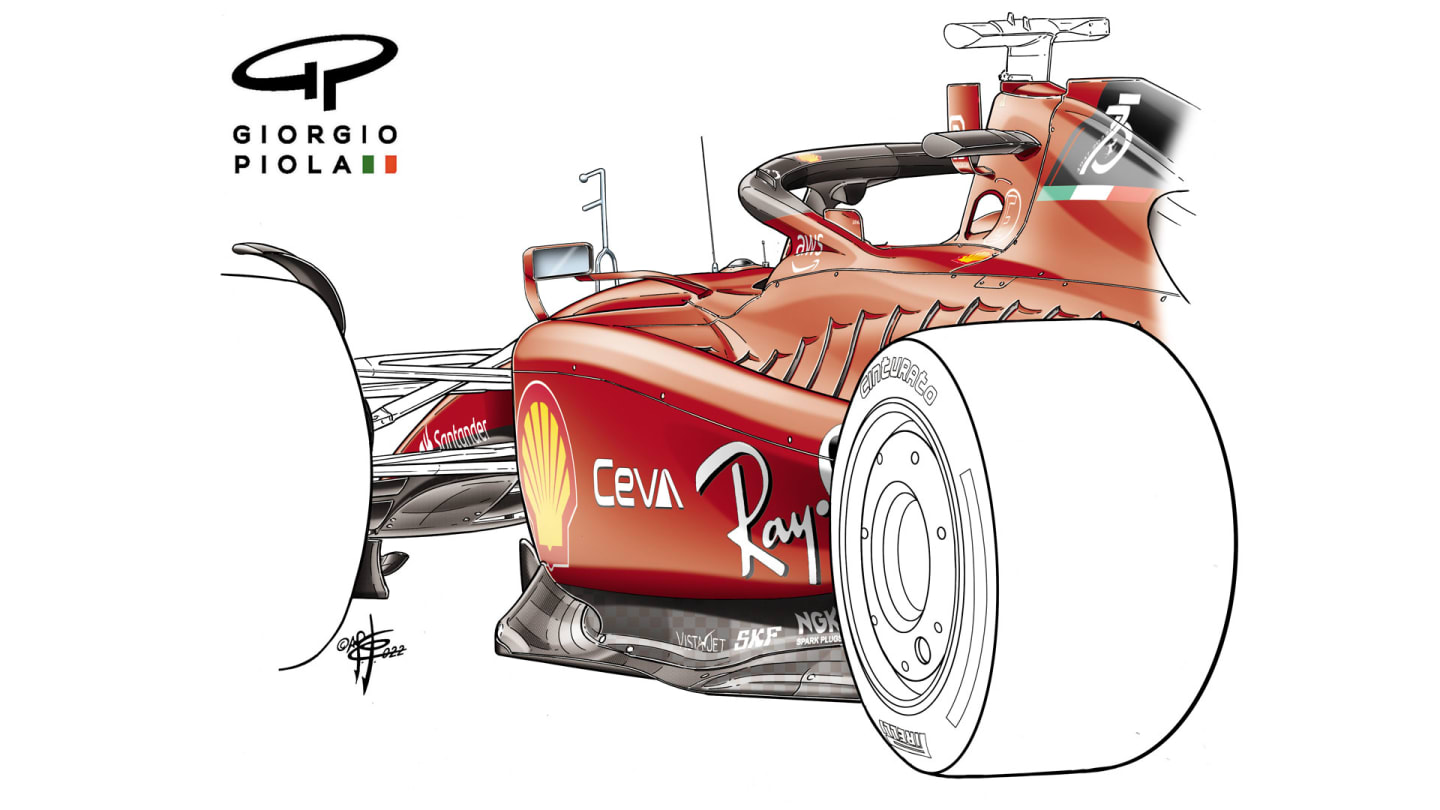
Ferrari's sidepods caused a stir when the F1-75 was unveiled
Secondly, beneath that shapely engine cover was the all-new 066/7 power unit which was quite different to anything else and which gave the car explosive low-speed acceleration.
The turbo was smaller and the inlet tracts longer than on rival cars, a combination which aided low-speed response when combined with a super-fast ignition system, allowing it to take full advantage of the 500-bar fuel pressure permitted by the regulations.
The combination of the unique aerodynamics and power unit made for a car which set that dazzling sequence of pole positions, even if reliability still needs work. More than anything it illustrates the depth of creative talent existing within Maranello.
TECH TUESDAY: Under the bodywork of Mauro Forghieri's masterpiece – the Ferrari 312T
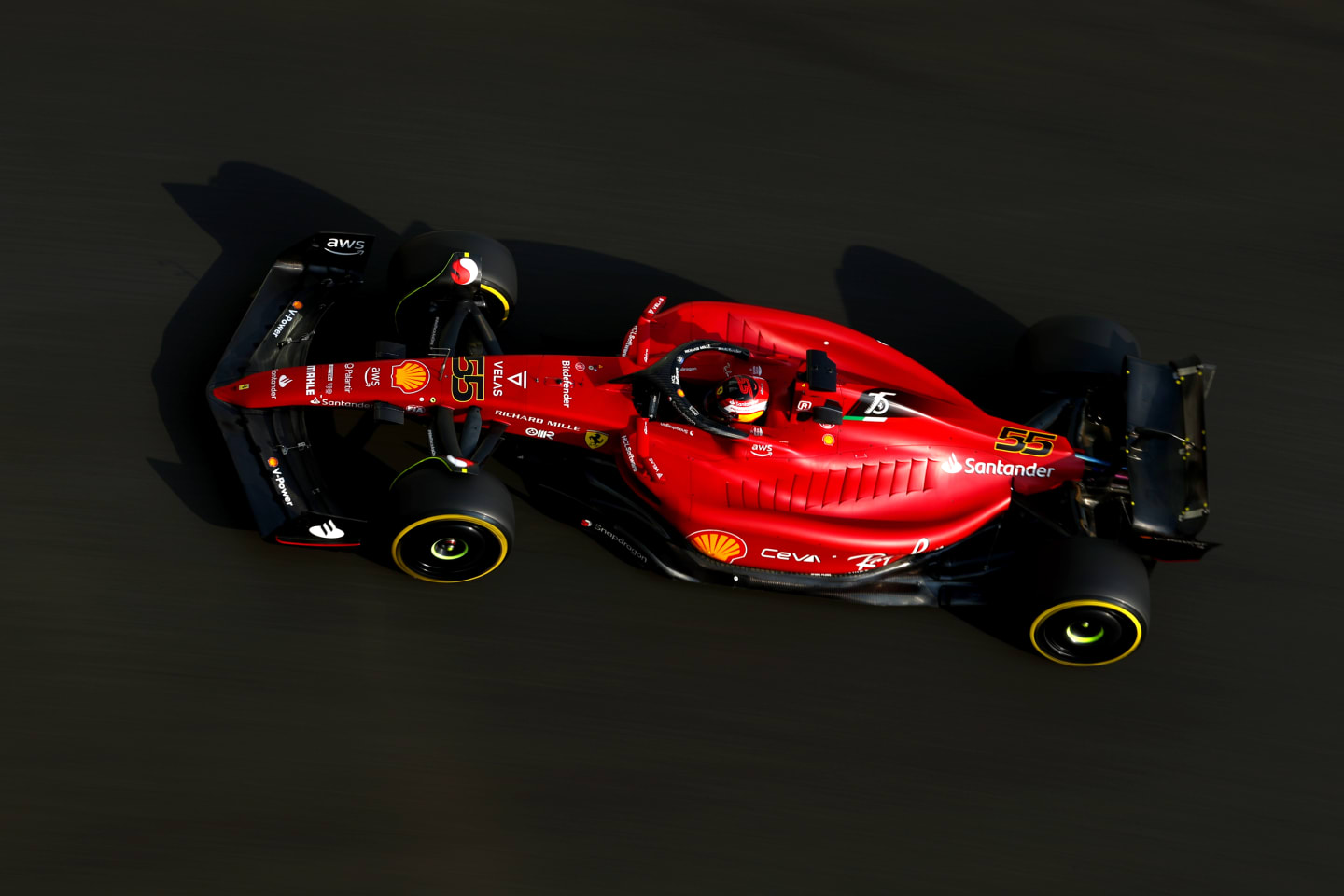
Ferrari's engine brought them a huge performance boost at the end of 2021 and in 2022
Most Improved: Haas
Haas went from a solid slowest in 2021 – 3.2% off the qualifying pace – to eighth-fastest and 2% off in ’22.
It may sound relatively modest but represented the biggest performance gain on the grid and was the difference between being in their own race detached from the rest of the field to being able to mix it in the midfield, even heading it on occasion.
Kevin Magnussen’s fifth place in the opening round of Bahrain made him the highest finisher behind the ‘big three’ teams and in Brazil he was around in Q3 to take advantage of the brief opportunity of a dry track to set that shock pole position for the Saturday Sprint. Such feats would have been unthinkable in 2021.

Magnussen's P5 in Bahrain underlined how much Haas had improved for 2022
The VF-22 car was the team’s Ferrari-inspired response to the new aero regulations whereas the car of ’21 could trace its origins all the way back to 2018.
While a significant part of its improvement came from the powerful new Ferrari 066/7 power unit (Ferrari and Alfa followed Haas to make the top three biggest competitive gains), it was also relatively good aerodynamically.
Using all-Ferrari componentry defined its cooling and therefore its aerodynamic concept as quite similar, with big bluff sidepods out-washing the air around the car. It also shared with the Ferrari an ability to quickly switch on its front tyres, which was an important part of why Magnussen was able to set that Interlagos pole in damp conditions on slicks.
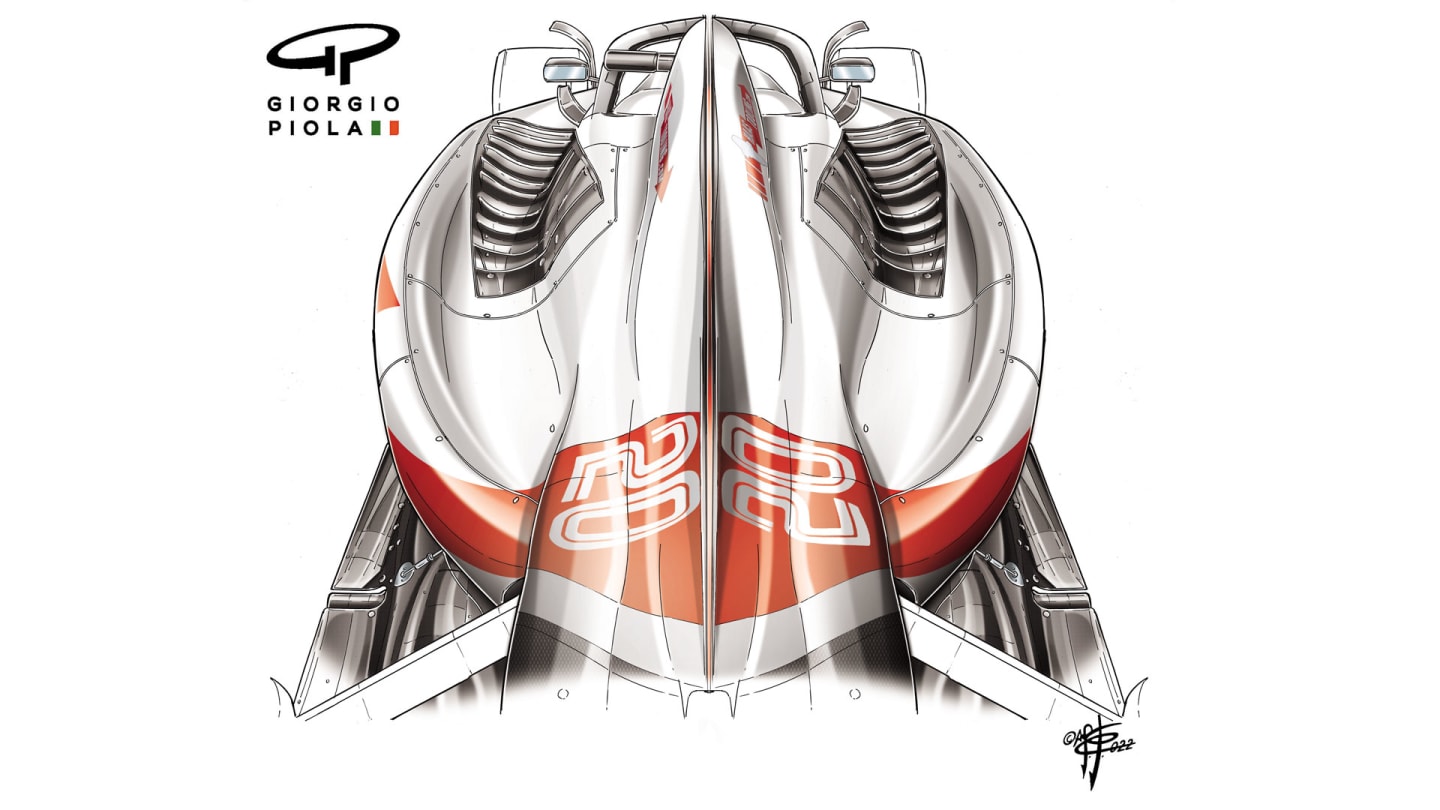
Haas's Ferrari-like scalloped sidepods
Biggest in-season development: Mercedes W13
Mercedes’ problematical W13 would routinely be half-a-minute behind the winner in the early-season races as the team struggled to understand and control its aerodynamic porpoising and mechanical bouncing problems. By the penultimate race, George Russell and Lewis Hamilton were able to deliver the team a one-two result.
It represented the best rate of in-season improvement for any team, even though it must be accepted there was plenty of room for such improvement.
It was achieved not through a relentless series of updates, but rather a deep analysis of the root of the car’s problems and a better understanding of how to alleviate them.
Some of the fundamentals triggering those problems – the big area of exposed floor, the limited range of the rear suspension – were baked into the car. But the progress came from finding a workable window in which to operate it within those limitations.
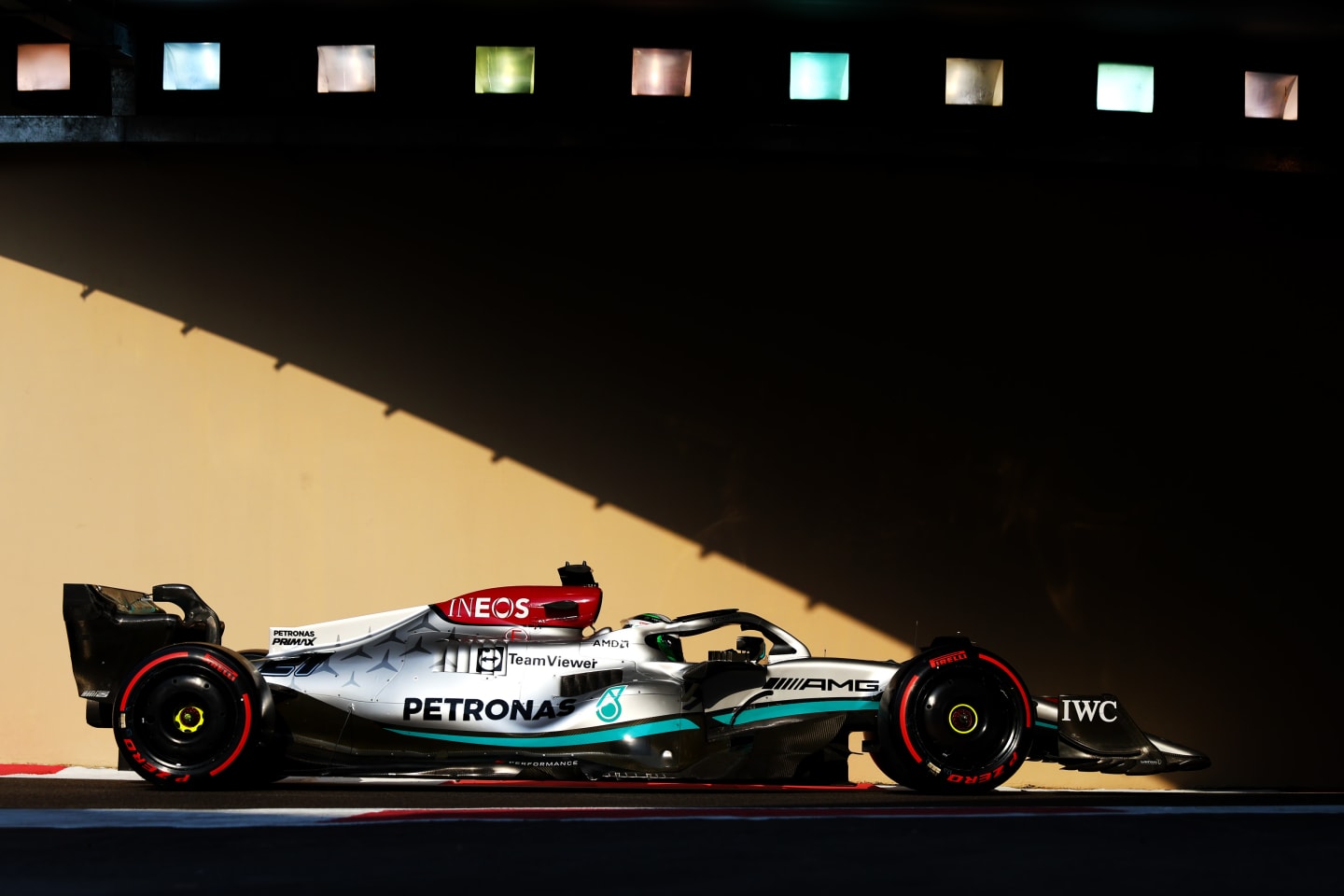
Mercedes' slim sidepods were one of many unique features on the W13, but porpoising and bouncing hurt their hopes in 2022
The porpoising was an aerodynamic problem suffered by many teams but which required the car to initially run with a greater ride height than it was designed for. There was only so high it could be run, however, because of the limited suspension travel. This in turn meant that the suspension had to be run even stiffer, and that brought its own problems in creating the bouncing phenomenon.
Taming the floor’s tendency to induce stall and trigger porpoising meant it didn’t generate the downforce suggested by simulation and generally the car had to be run with bigger wings to compensate, which hurt its drag, particularly in comparison to the Red Bull.
That floor tweaking, together with innovations in the front wing to give better control of the wake around the front wheels, helped to tame the car aerodynamically and with its big wings it did produce very good downforce.
On tracks not too bumpy and with straights not too long, it could be made competitive, especially so after an Austin update to the front wing and floor together with a significant weight saving. These changes coincided with three tracks – COTA, Mexico City and Interlagos – ideally suited to the car and the performances there were strong, culminating in that Brazil victory.

Tie rods were part of Mercedes' efforts to counteract bouncing
Biggest performance advantage: Red Bull at Spa
The key to the Red Bull RB18’s advantage seemed to be how much downforce it retained on slower corners when the rear ride height is at its greatest. The big powerful underbodies regulated into existence for 2022 were capable of generating massive downforce at high speed, with the car squashed down in its suspension.
But as the speed comes off in slower corners and the car rises, much of that performance is lost. The aerodynamic battleground became not so much who could generate the most high-speed downforce, but who could generate the best spread of downforce throughout the speed range. In this the RB18 was clearly the best – and Spa’s layout was the perfect showcase for that.
TECH TUESDAY: The design secrets that set Red Bull’s RB18 apart from its F1 rivals
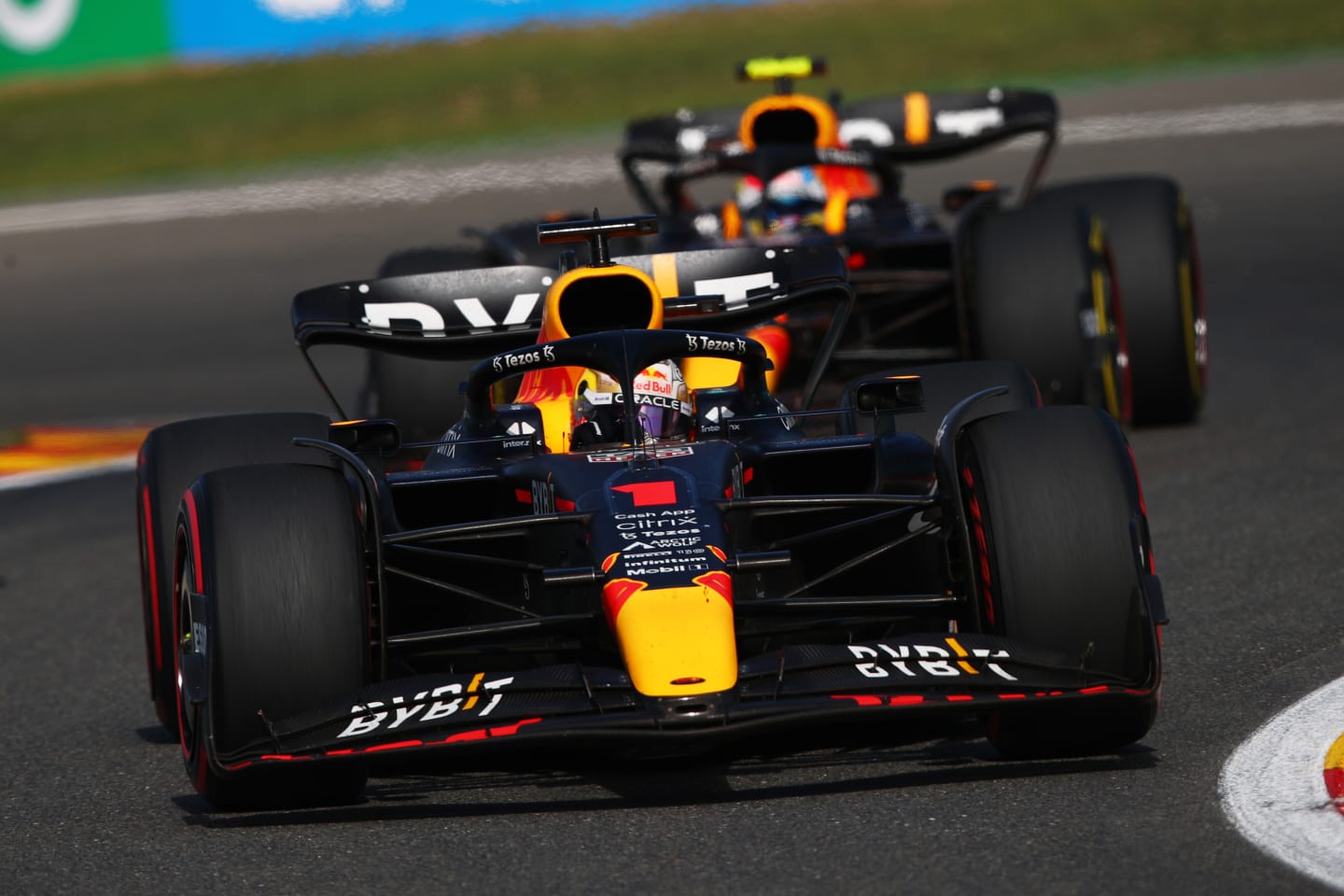
Red Bull were in a class of their own at Spa-Francorchamps
The long straights of Sectors 1 and 3 are punctuated by slow corners – the Bus Stop, La Source, Les Combes – and combined with the high-speed downforce demands of sector 2. It’s a sequence which asks everything of a car aerodynamically and the Red Bull was in a different league to everything else.
Although Max Verstappen started a penalised 14th after setting the fastest time in qualifying, he was leading the race and pulling away by one-third distance. His fastest lap when still with around 30kg of fuel on board and on medium tyres was faster than Charles Leclerc’s attempt with almost no fuel and new soft tyres.
It suggested that the RB18’s actual advantage – had Verstappen properly pushed it in qualifying, rather than just done what was needed – could have been in the order of 1.5s.
It was by far the biggest level of performance superiority shown by any car all season.
YOU MIGHT ALSO LIKE
News Williams sign Oliver Turvey from McLaren in test and development role
Video LIVESTREAM: Watch all the action from Round 4 of the 2025 F1 Sim Racing World Championship
Feature From record-breakers to underdog winners – 8 drivers who enjoyed success after leaving F1
News Hungaroring's redevelopment continues with ‘amazing transformation’ ahead of Hungarian Grand Prix
